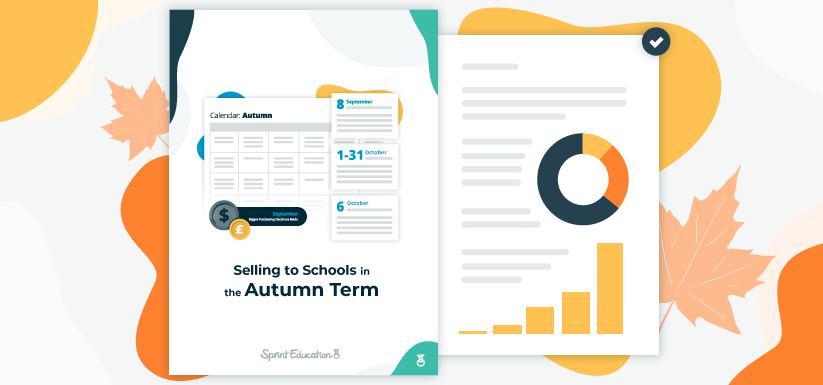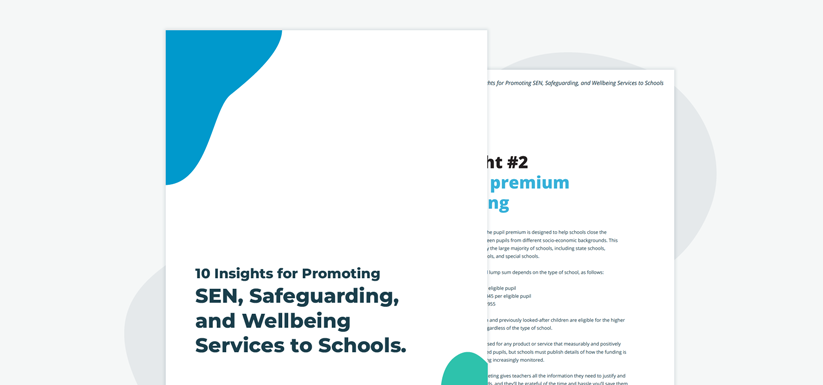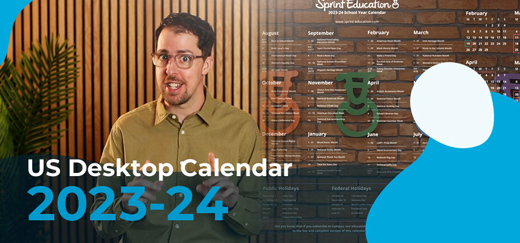Emailing Teachers: 3 Ways to Get More Free Trial Sign-Ups
Emailing Teachers: 3 Ways to Get More Free Trial Sign-Ups
In this blog our Head of Content, John shares 3 fantastic ways to sky-rocket your free trial sign-ups the next time you're emailing teachers.
In this blog our Head of Content, John shares 3 fantastic ways to sky-rocket your free trial sign-ups the next time you're emailing teachers.
For education businesses that provide any kind of online solution, the free trial is usually an unavoidable necessity. It’s crucial to give teachers an easy way to get a feel for what your solution provides and the free trial serves that purpose very nicely. However, there are some major potential pitfalls of promoting a free trial that you simply must avoid.
So, what are the three key factors preventing teachers from signing up for your free trial?
1. It sounds wishy-washy and they don’t know what they’re getting
The trouble is that the words ‘free trial’ are so ubiquitous that they’ve become almost meaningless. I can’t tell you how many times I’ve seen clients emailing teachers proclaiming something along the lines of:
“Sign up for a 14 day free trial of our online Personal, Social, and Health Education study solution and see how it can help you meet all government requirements at your school”.
How exactly is it going to do that? If you don’t make that clear then it just won’t feel tangible for teachers who hear this every single day of their lives. Also, they haven’t got time to just take a look at how your solution could help them in the future (if they decide to part with some of their precious budget), they need you to give them some pay off right now!
Instead of promoting it as just a free trial, the campaigns that achieve by far and away the most sign-ups are those that show teachers that what they’re actually signing up for is a free 14 day solution to a very specific challenge they face in their classrooms. So, instead of the wishy-washy description above, try something like:
“By signing up for a free trial, your school will be able to implement a complete solution to educating students about the dangers of cyberbullying; including assessing their current knowledge, implementing tailored learning pathways based on each student’s results, and culminating in a final assessment that enables you to demonstrate evidence of student progress to inspectors.”
Yes, it’s a little bit more long-winded, but can you see how it makes the offer so much more tangible and implies so much more benefit?
2. It doesn’t give them enough functionality to actually get any benefit
I’ve alluded to this in the point above. Broadly speaking there are two types of free trial; there are those that give teachers access to the full scope of content but only a portion of the functionality, and those that provide access to a small portion of the content but full functionality.
Without a doubt, my preference is for the latter. It’s tempting when emailing teachers to show them the full range of content on your platform; however it’s not worth diddly squat unless you also give them access to the functionality to get some tangible benefit from it during their free trial period.
Like I said before, teachers haven’t got time to have a casual look around at how your software could help them in the future; they want some pay-off right now! So, restrict their access to just a small portion of your content (pick a topic that really gets teachers’ pulses racing) and then give them all the functionality they need to get tangible outcomes in their school by the end of their trial period.
Not only is this going to seem far more enticing to teachers and improve the number of sign-ups to your free trial, it’s also going to mean that you get a much higher percentage of trial users converting into paid subscribers – because they’ve seen tangible evidence of the impact it can have in their school.
3. Your free trial exists in isolation without any supporting resources
If I look back at all the hundreds of email campaigns I’ve worked on for clients, the emails that have promoted a free lesson plan have usually outperformed those that have promoted a free trial – even though the free trial potentially offers teachers more value.
Why is that? Well, I think a lot of it comes down to the fact that a free lesson plan just feels more tangible. It immediately creates a picture in your mind in a way that a free trial doesn’t. To get around this problem, consider packaging your free trial together with some supplementary (and more tangible) resources the next time you're emailing teachers.
So, think about introducing your free trial offer in a way similar to the below:
“When you sign up for your free 14 day trial you’ll receive a free lesson plan around the topic of cyberbullying to help you get started straight away. You’ll also receive school-wide access to our video resource library, and a complimentary resource pack to share with your parent community.”
All of this will make teachers really sit up and take notice, and increase the likelihood that they’ll go ahead and sign up for your free trial. Think about the wording on your call to action button too; instead of the usual, ‘Sign up for your free trial here’ try to come up with something that conveys just how much value teachers are going to get when they fill out your form. Something like, ‘Access your free cyberbullying solution here’ should do the job nicely.
I’m convinced that by incorporating these three points the next time you're emailing teachers, you’ll see a big increase in the number of free trial sign-ups you are able to generate. However, this is only the first step; next you have to ensure that they have a great experience from their free trial and go on to become paid subscribers.
And for that you’re in luck! My colleague, Sophie has already written a fantastic blog on this very subject. Dive in and read that here.
Tags
Education Database
Emailing Teachers
Marketing to Schools
Selling to Schools
UK School Database
Similar Articles


Selling to Schools in the Autumn Term 2023
Gain a sales edge for September with our exclusive school insights for the new academic year.


Marketing SEN, Safeguarding, and Wellbeing Services
Learn 10 game-changing insights especially for school SEN, Safeguarding, and Wellbeing providers to enhance your edu-marketing email campaigns.


Expert marketing to K-12 support and solutions
Expert marketing to K-12 solutions
Email Principals, Teachers, and District Staff Inboxes
Email teachers and staff inboxes
Sell More to US and Global Schools and Districts
Sell more to schools and districts





























